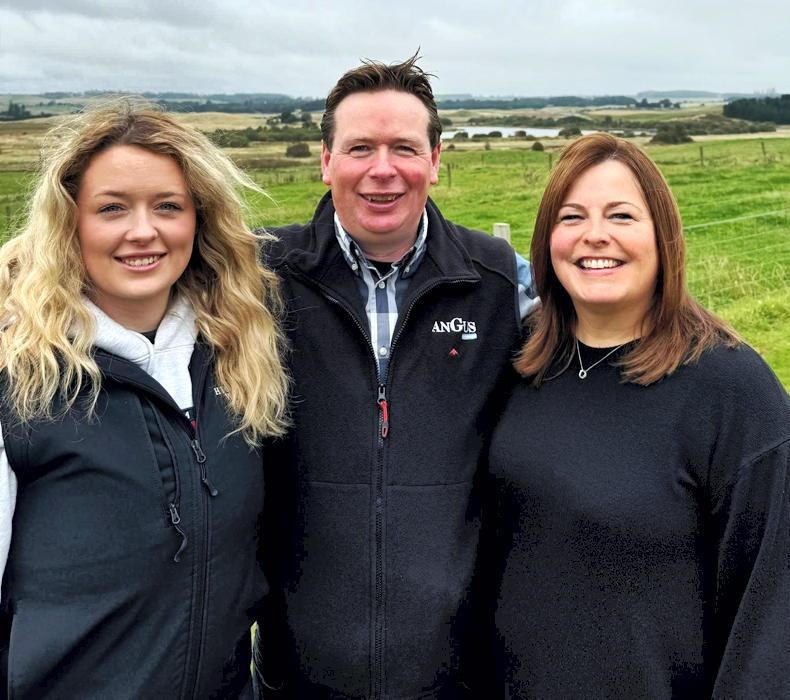The Foyle Food Group sees genetic improvement in cattle as the biggest opportunity for driving production efficiency and reducing greenhouse gas emissions on farms.
The Omagh-based meat processor has set a target to reduce emissions from its supply chain by 18% by 2030.
Speaking to the NI Institute of Agricultural Science last week, Andrew Clarke from Foyle outlined how the company currently runs three farms and is involved in numerous research projects.
“Genetics is where we see the most benefit and we want to promote it among farmer suppliers within our supply chain,” he said.
The example was given of Elliot Bravo, a top-performance recorded Angus bull, purchased by Foyle with semen made available to members of Aberdeen Angus Quality Beef Ltd.
Opportunity
“We are consistently seeing his progeny finish 40 days sooner than other Angus bulls at the same carcase weight,” Clarke said.
“Angus genetics have been too focused in the past on calving ease and short gestation length, not the performance of the progeny. The beef sector has been suffering with inferior genetics,” he maintained.
As well as faster finishing, Foyle see genetic traits for feed efficiency as a huge opportunity. A new bull, Rawburn Enron, has been purchased and his figures indicate that only 3.21kg of dry matter was needed for 1kg of liveweight gain.
“It is a phenomenal rate of feed efficiency. There are herds in the USA that have been breeding for this for years and are now using 40% less feed for the same liveweight gain,” Clarke said.
Using multi-species swards
Other research that Foyle is involved in includes using multi-species swards on its own lowland farm to reduce fertiliser use and improve soil health.
On perennial ryegrass swards, conventional nitrogen fertiliser has been replaced by half a bag of foliar urea applied after every other grazing through a liquid spray.
In the farmyard, a research project was used to develop higher welfare housing and bedding for finishing cattle. It resulted in a mono-pitch shed with open sides, polycarbonate roofing and an automatic climate control curtain.
The house has a straw bedded lie-back, a slatted feed area and an aeration slurry system so slurry can be removed at any time without the need for mixing.
More novel research is also underway into different types of bedding and manure management. This includes Bokashi, a Japanese process of ensiling manure so it can be spread sooner with less energy and nutrient loss.









SHARING OPTIONS